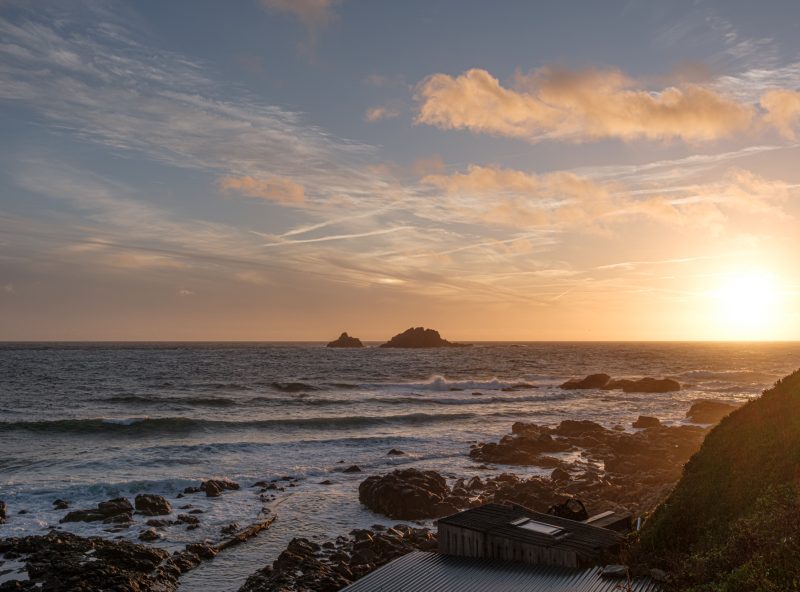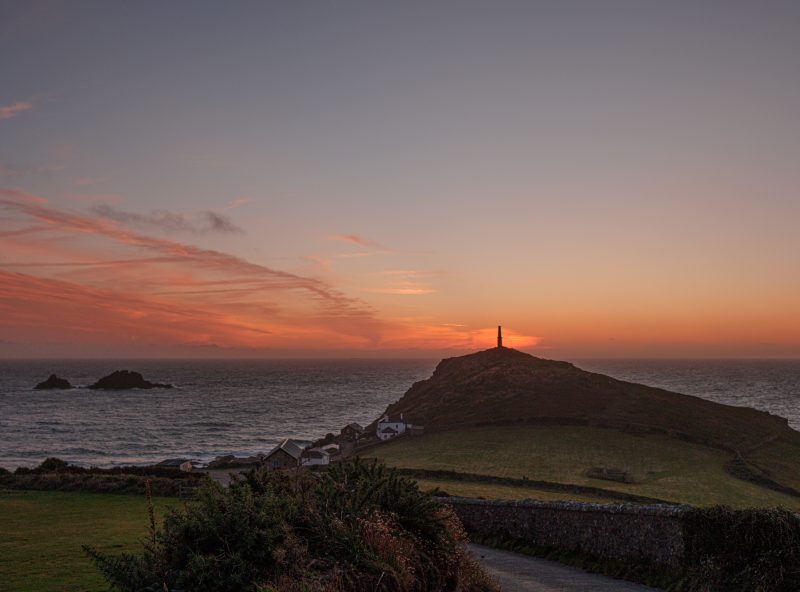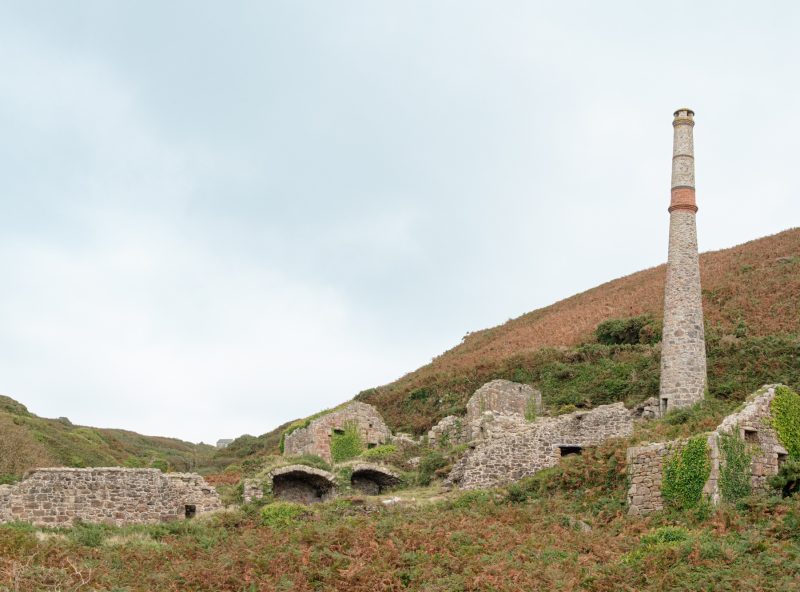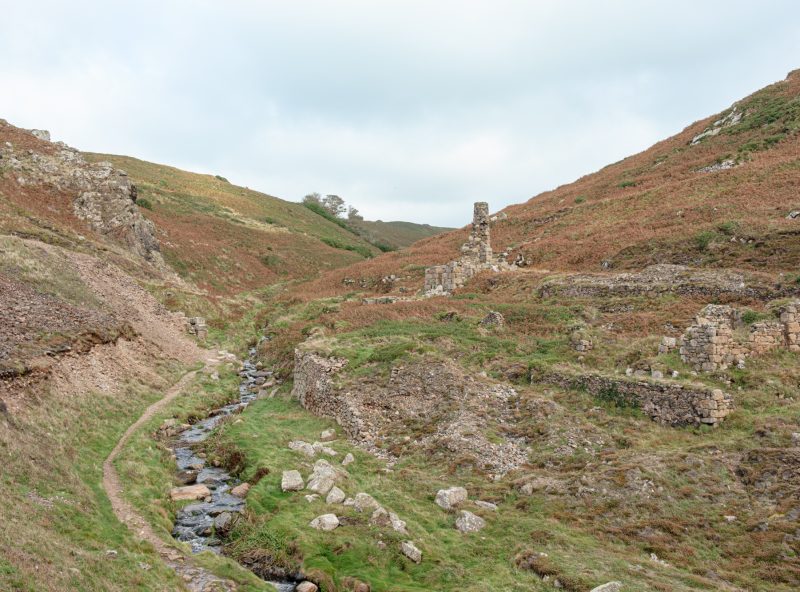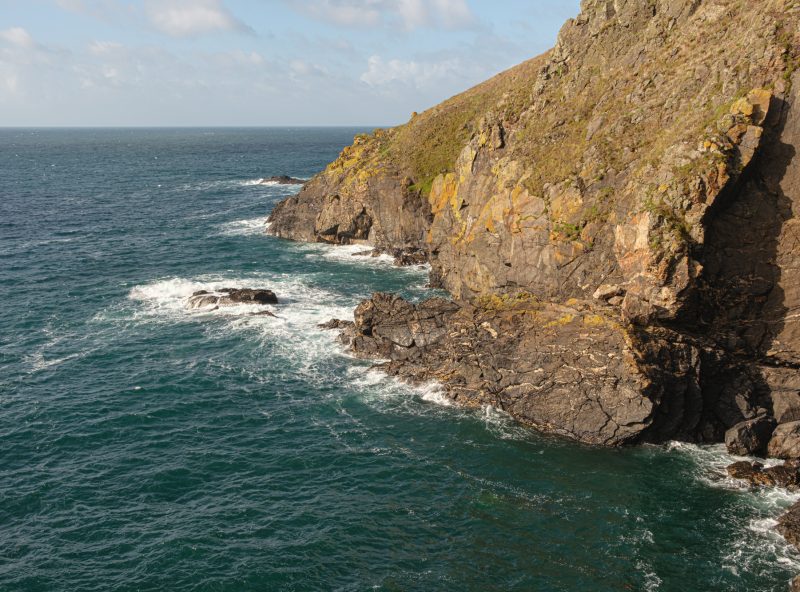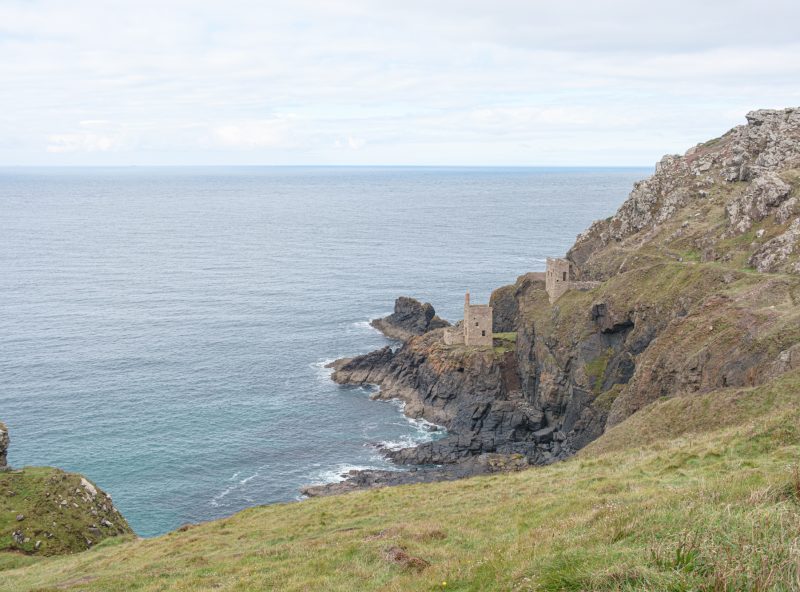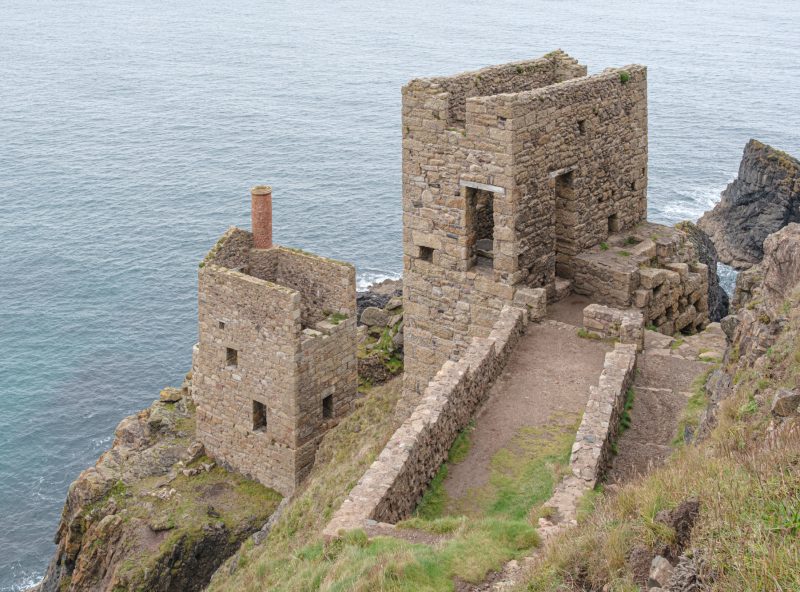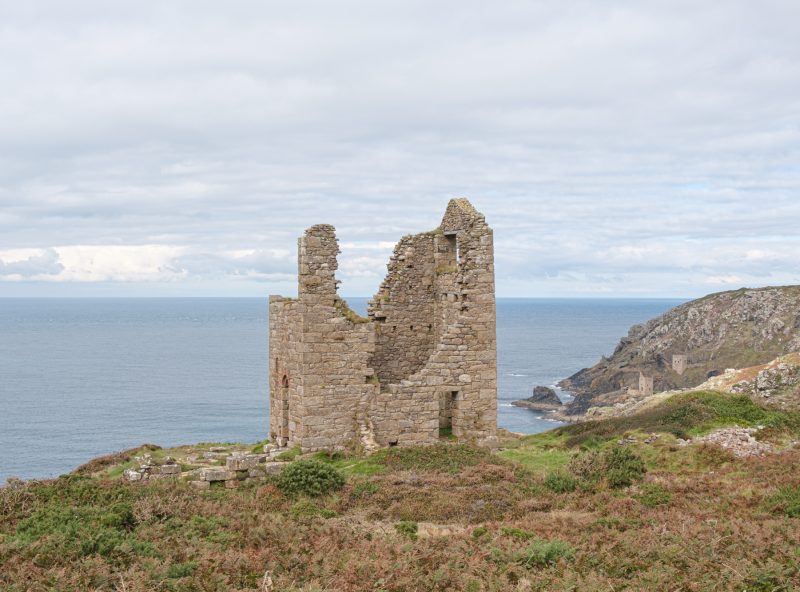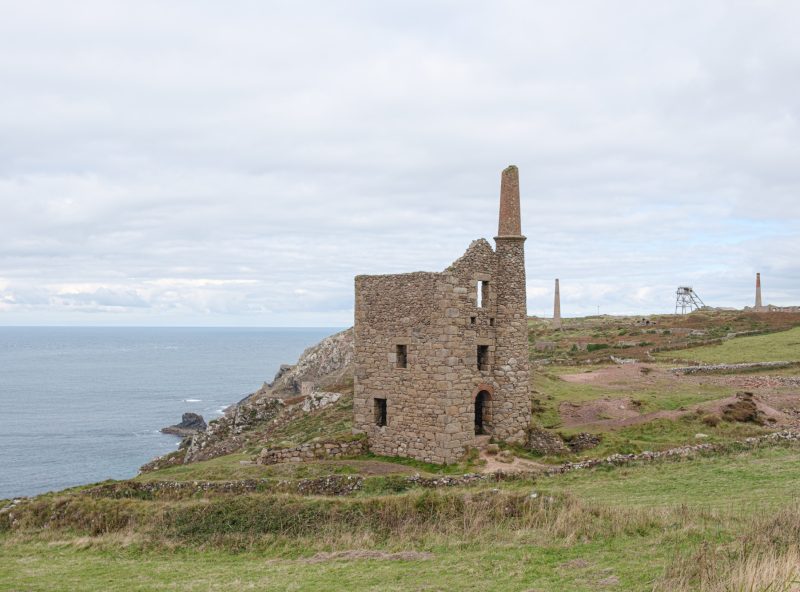The environs of St Just offers a myriad of beautiful and magical locations to explore - whether it's within walking distance or further afield.
Coastal footpaths, moorland walks, hidden valleys, beautiful beaches and coves - the walks from Banjo Cottage are as strenuous or as gentle as you wish.
A stroll up Carn Bosavern gives you a panoramic view of the town, the surrounding countryside and the sea, with the Isles of Scilly in the distance.
Walk down into the peace of Cot Valley, with the mine stream rushing to meet the Atlantic at Porth Nanven. Here you can swim in the sea or rock pools when the tide is right.
Stretch out and walk the coastal path, north into the heart of St Just’s mining country, now a World Heritage Site, or south towards the surf beaches of Gwenver and Sennen.
Head inland past the church and up onto the moors which are rich in history and legend. From The Tinners’ Way, explore ancient monuments and absorb the rugged beauty of West Penwith.
Some of the notable ancient sites are Mên-an-Tol, Tregeseal and Nine Maidens stone circle. Most are in fairly remote locations via winding roads, so visiting these by bike or car is advised.
Below there are some of our favourites that are easily accessible from Banjo Cottage.
In addition to this, we have outlined some places of interest that you might like to visit :
A fascinating insight into the working lives of tin miners from the earliest days until 1990, when Geevor closed. Includes an underground tour.
Leave the car at home and take the Land’s End Coaster - the open-top bus from St Just bus station to St Ives. This is one of the most scenic roads in the UK and you might even see some Belted Galloway cattle roaming on the road!
In St Ives you could visit the Barbara Hepworth Sculpture Museum, The Tate St Ives and have lunch at one of my favourites - the Porthminster Beach Café.
The history of the Transatlantic Telegraph Cable, set in the tunnels that protected this strategic link with the USA during World War II.
Porthcurno is one of many stunning coves on the south coast, close to the Logan Rock and …
West Cornwall’s fantastic open-air theatre high on the cliff edge with the sea as the backdrop. Plays run from May to September. Early bookings are essential due to the popularity of this unique venue.
A fairytale castle perched on a rocky outcrop in Mount’s Bay, accessible on foot at low tide and by launch when the causeway is covered at high tide.
To the west of St Just is an easy, 30 minute walk to Cape Cornwall - one of only two capes in Britain and also referred to as 'The Connoisseur's Land's End'.
The view over the cape's tin mine stack and Brisons Rocks are iconic and provides a stunning viewpoint. It is the perfect location for accessing the South West Coast Path for longer walks and a wonderful spot to view a sunset.
The cape marks the spot where Atlantic currents divide and was bought by Heinz for the nation as part of their centenary celebrations. It was bequeathed to the National Trust in 1987.
Brisons Rocks, aka 'General de Gaulle in his bath' have caused many shipwrecks over the years and provide an important breeding ground for seabirds.
The Cape Cornwall Mine chimney stack dates back to 1894, when it was in operation, extracting tin and copper from under the sea. It is part of the Tin Coast and Cornish Mining World Heritage Site.
Priest Cove has been a working fisherman's cove for centuries and is still very much in use to this day.
A short distance to the North of Cape Cornwall lies the beautiful Kenidjack Valley, also known as Nancherrow Valley.
Steeped in history, the valley bears testament to the hard-working and prolific mining communities of old.
The Tregeseal River flows down this sheltered, steep-sided valley to Porthledden Cove and the Atlantic. This river once provided the source of power for the mine workings located here and its winding route would have been altered and redirected many times through the centuries by the miners. There are a number of granite pools, leats and partially obscured ruins.
The upper part of the valley is dominated by the ruins of the Kenidjack Arsenic Works (or Carn Praunter). An arduous and dangerous task for those working there.
Cape Cornwall Mine stack can be seen from a number of points down the valley and just short of Porthledden Cove, the ruins of Boswedden mine which boasted the second largest wheel in Britain, with a diameter of 65″.
Kenidjack Valley is also known for bird watching and its diverse wildlife in general.
Cot Valley is a beautifully unspoilt sub-tropical valley.
An easy walk from St Just, Cot is home to only a handful of houses dissected by a single track road running parallel to the stream.
Cot Valley leads down to the sea at Porth Nanven Cove and offers another viewpoint of the Brisons Rocks lying offshore.
There is parking for a handful of cars at Porth Nanven Cove and is a peaceful spot for a picnic or a base for setting out on a cliff walk along the South West Coast Path.
As with Kenidjack Valley, Cot is another famous birdwatching area, with many rare sightings, including a Yellow-billed Cuckoo - an American migrant.
No facilities are provided along this route to the sea, except an emergency telephone at the end of the lane above Porth Nanven Cove.
During the 19th century there were over 100 engine houses in the St Just district and mining in the area dates much further back than this.
The Tin Coast is steeped in history and the remains of the mines and engine houses at Botallack are a fascinating glimpse into Cornish mining heritage.
Along with Levant and Geevor, Botallack is a submarine mine, with its workings reaching half a mile under the seabed - produced with hammers, chisels and gunpowder.
Early mining records date from at least the 1500s and archaeological evidence suggests that the area was mined in the mid-Roman period, around 200 AD, as well as evidence of Bronze Age workings.
Botallack mine closed in 1895 due to rapidly falling copper and tin prices. Most other Cornish mines had already closed at this time.
Few locations are as beautiful and dramatic as this stretch of Cornwall's mining coastline.




